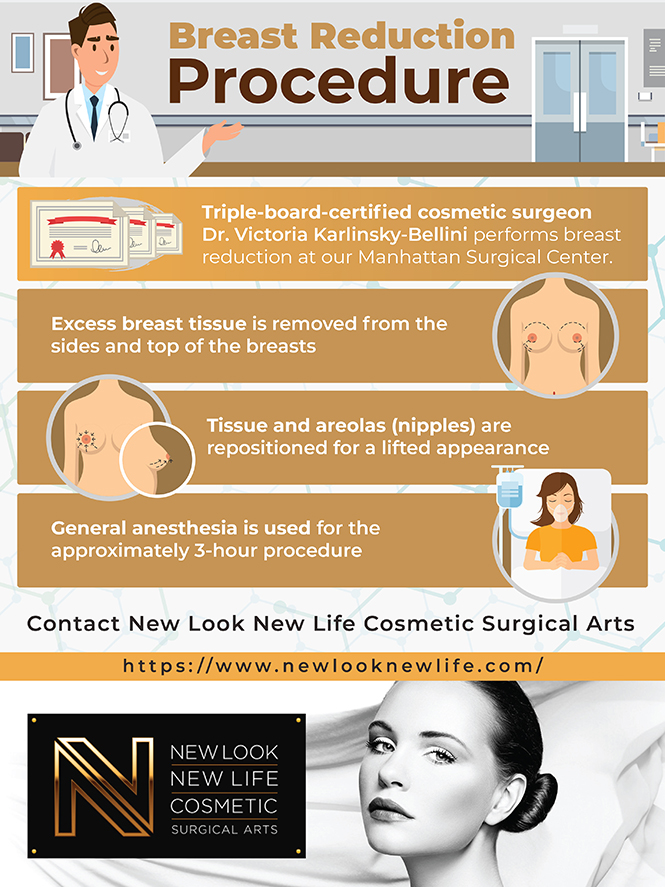
For men and women who wish to change their sexual orientation, gender affirming surgery can be done. It involves the conversion of male or female penis and skin to females or vice versa. There are a few procedures that can be performed, such as a hysterectomy (orchiectomy). Some procedures include the inversion or removal of the skin.
Hysterectomy
Hysterectomy, or gender affirming surgery, is a surgical procedure in which a male is surgically changed from a female to a male. Around 0.4% are transgender. Gender dysphoria can lead to emotional and physical pain. While medical management is a common form of treatment, surgery is another option for transgender men. Some common surgical procedures for transgender men include hysterectomy and bilateral salpingo-oophorectomy. According to the American College of Surgeons National Surgical Quality Improvement data, only 3.3% of transgender people had hysterectomy in order to undergo a gender shift.
Hysterectomy for gender affirmation is relatively new and still evolving. In the past, hysterectomy was performed for medical reasons. However, coexisting gender dysphoria could have led to a decision to have a hysterectomy. Recent years have seen insurance providers begin to cover this procedure.

Orchiectomy
The first step in a transgender patient’s surgical transition is the orchiectomy. This is the removal of the testicular tissue. It reduces the testosterone level and eliminates the testicles. This surgery can reduce the risk of blood clots and simplify the patient's hormone regime.
This procedure can be performed on an outpatient basis and is quite simple. Recovery time ranges between two and eight weeks, depending on the technique used and the surgeon. It can be covered by Medicare, private insurance or the individual's own health insurance.
Inversion of skin and penis
The inversion skin-penis procedure is one of most popular transvaginal surgeries. It is also known as the "gold standard" of genital reconstructive surgery for transgender females. It involves placing the penis inverted in a vagina to create the look of a woman's natural vagina. The recovery time can be several days and takes between three and five hours. A special dressing is then placed inside the vagina for protection.
During the procedure, a standard protocol will be followed. The doctor will explain aftercare instructions to the patient. The medical team will also give you a kit for home follow-up dilations. You will also be provided with follow-up emails, and an appointment with your surgeon.

Time to recover
Post-surgery recuperation is a crucial component of gender affirming surgery. It involves the conversion from a male to a woman's penis. The specific type of surgery will determine the length of the recovery period. It can take from four to eight weeks. A mastectomy is the most common procedure, although a vaginoplasty and breast augmentation are also possible. Both procedures need at least a week's rest and can take up to five- or six weeks.
Gender affirming surgery reduces testosterone production. It can also eliminate the need of hormone-suppressive medicines and estrogen therapy. The procedure can also preserve your ability to have a naturally occurring child. The recovery time for gender affirming surgery male or female varies depending on the type of procedure and the patient's condition.